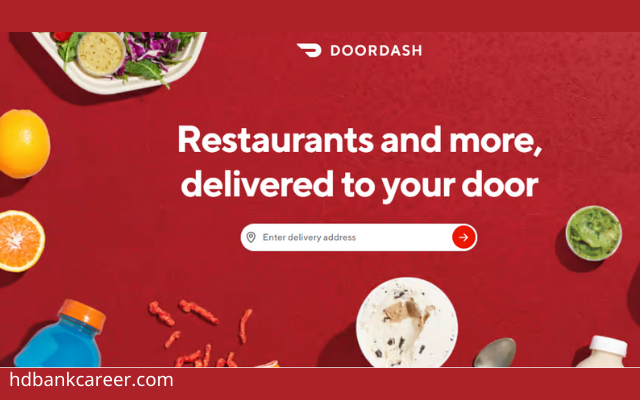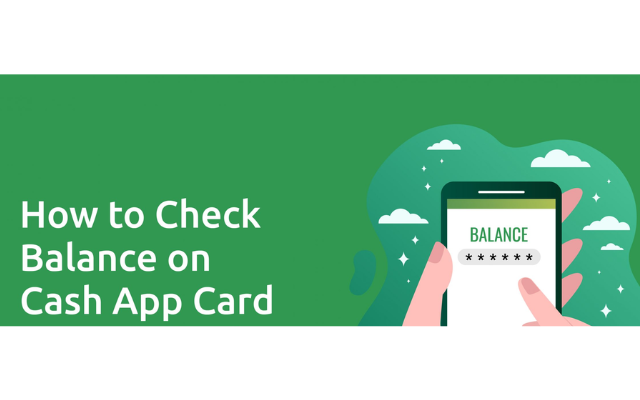Options for the Unbanked | Banking Advice 2022
Options for the Unbanked in 2022. Here’s how consumers who don’t have a bank account can join the ranks of the banked, according to Geoff Williams. Discover how to become banked with HDBank Career.
Nearly 10 million households in the US do not have a bank account. That’s one in 12 homes in the nation, according to a 2011 survey by the Federal Deposit Insurance Corporation.
Many people don’t want a bank account. According to research conducted over the past few years by the Federal Reserve and published in the Consumer and Mobile Financial Services report 2014, 24% of consumers without a bank account say they don’t have a bank account because they don’t need or want one. Six percent said they simply don’t like dealing with banks.
But many of those 10 million households can’t have a bank account – and probably want to. At least 10% of 2,657 people surveyed by the Federal Reserve reported banking history problems as the reason they didn’t have a bank account. And 15% simply refused to answer.
Table of Contents
What Does It Mean to Be Unbanked?
According to the Federal Reserve report, 5% of US adults will be unbanked by 2020.
1 People who are “unbanked” do not use (or have access to) traditional financial services such as credit cards, personal checks, savings accounts, and loans. People who are unbanked instead use alternative financial services to meet their banking needs, such as payday loans, money orders, check cashing services, pawnshop loans, and so on.
What Constitutes the Unbanked and Underbanked?
- Unbanked were 16% of those earning less than $25,000, versus 2% of those earning more than $50,000.
- Unbanked people with a high school diploma or less outnumbered those with a bachelor’s degree or higher by 34% to 1%.
- Unbanked adults comprised 13% of Black adults and 9% of Hispanic adults, compared to 3% of White adults and 5% of all adults.
- Under banking affected 21% of people earning less than $25,000, compared to 12% of those earning $50,000 to $99,999. Only 5% of people with incomes of $100,000 or more were considered underbanked.
- 39 percent of those with a high school diploma or less were unbanked, compared to 8 percent of those with a bachelor’s degree or higher.
- Under banking affected 27% of Black adults and 21% of Hispanic adults, compared to 9% of White adults and 13% of adults overall.
According to these statistics, unbanked or underbanked people may have historically faced barriers to accessing traditional banking services.
Why consumers who don’t have a bank account often can’t have a bank account?
“I can think of two reasons,” says Alex Matjanec, co-founder of MyBankTracker.com, which provides banking information and reviews. “First, the banking infrastructure has become too expensive for some people to live on, and they can’t meet the minimum to meet the fees. The second reason is a Some people have enough money that ChexSystems collects, and so they’re being denied accounts.”
ChexSystems is a Woodbury, Minn., company that has been in business since 1971 and is a major player in the financial services industry. When you sign up for an account at a bank or credit union, most regulators take your ChexSystems reports. If it looks bad – think about the point of overdraft fees or worse, a previous bank account has been terminated and you owe money – the new bank you were hoping to join may decline your account. friend.
That’s how many consumers end up with no bank accounts and instead of cash checks at convenience stores or short-term loan companies and spend only cash or prepaid cards.
Additionally, 51 million people are short of banks, according to the FDIC. They have bank accounts but supplement their finances using services such as short-term loans, pawnshops, and rental shops.
There is a compelling logical argument that the world of alternative financial services is not quite as terrible, or devastating as it once was. In recent years, some stores have charged relatively low fees for cashing checks.
For example, Walmart charges $3 for checks worth $1,000 or less. Meanwhile, fees for some prepaid cards have gone down while bank fees have gone up.
Last fall, a Bankrate.com survey found that fees at financial institutions rose for the 15th year in a row. The average fee to maintain a checking account is $5.54 a month. In theory, consumers might find that the fees for prepaid cards and check cashing services are similar to those for maintaining a bank account.
But take some wrong steps, and you will pay the price. Some prepaid cards have inactivity fees, fees for checking your balance at ATMs, and even fees for purchases at stores. Consumers can easily lose a lot of money – just as they can with banks if they don’t pay enough fund fees and overdraft fees.
And many check-in services charge up to 3 percent of a paycheck, which may not be much until you realize you’re transferring more than $24 to get the check for $800.
So what if you don’t have a bank and don’t want to be?
Jose Quinonez, CEO of the Mission Asset Fund, a San Francisco nonprofit dedicated to helping financially excluded families, especially low-income and immigrant families, says: access to loans to start a business.
But it is not hopeless. “Some banks will take these people in,” Quinonez said. He adds that your odds are much better if you don’t go back to the bank (or banks) where you started your trouble and if your breach isn’t so severe. If there is none, say, fraud is involved.
Matjanec agrees, adding that many large banks offer “second chance check” programs, such as Wells Fargo, PNC Bank, and BBVA Compass. “It’s the middle ground between a prepaid card and a checking account,” he said. credit card, where after a year, if you’re the right customer, they’ll switch you to a traditional checking account. “
But ironically, many banks send unbanked consumers their own prepaid cards. “For example, Chase Bank got rid of the second chance program and now offers Chase Liquid, a prepaid card. It has a $4.99 monthly fee and it’s a viable alternative. for some consumers,” Matjanec said.
But if you want a traditional bank account and don’t mind a prepaid card, you can find one. Matjanec said some banks, especially newer online banks, are not as selective as they are focused on accumulating their deposits. That doesn’t mean they won’t see your ChexSystems report, he adds. It’s just that some banks won’t care about your past.
And strangely, many of the bank’s customers are beginning to resemble the unbanked.
Matjanec says: “The lines are fading. “If you have an American Express Bluebird prepaid card, you have a free checking account with them, but they’re not considered a bank. And they don’t have branches. But what if you have a checking account with online banking. Ally, they don’t have a branch and so you can’t bank with them either. As bank branches start to decline, the need for a traditional checking account diminishes.”
But it’s still easier to have a bank in your corner. According to Tufts University’s report released last year, “Cost of Cash in the United States,” found that unbanked and underbanked people spend more money on fees – and promptly access them. access their own money – compared to those with banks. As any unbanked or underbanked consumer knows, to survive in poverty, it helps to become rich.
FAQs Options for the Unbanked
What Causes People to Go Bankrupt?
Some unbanked people never had a bank account, to begin with. This is frequently due to living in an area with no banks or banks that were unwelcoming to them. Some people become unbanked as a result of closing a bank account with a negative balance elsewhere.
If they try to open an account somewhere else, their previous account will prevent them from opening a new one due to the bank reporting program ChexSystems.
Are There Any Alternatives to Payday Loans?
The best alternative to a payday lender is to apply for the assistance programs in your area that will help you get back on your feet and ahead on your bills so you never have to use a payday lender again. Call 211 to find out what’s available in your area.
Overall, we hope this article has provided you with useful information about Options for the Unbanked. Read about Best Banks for Retirees or related topics in banking.










